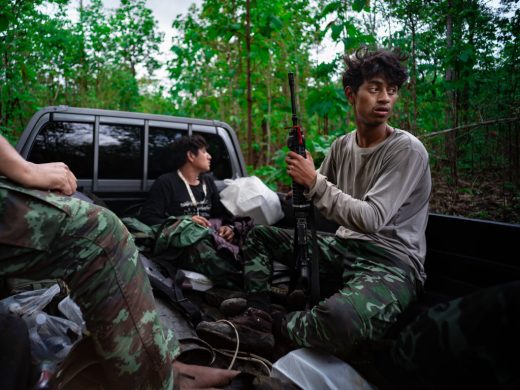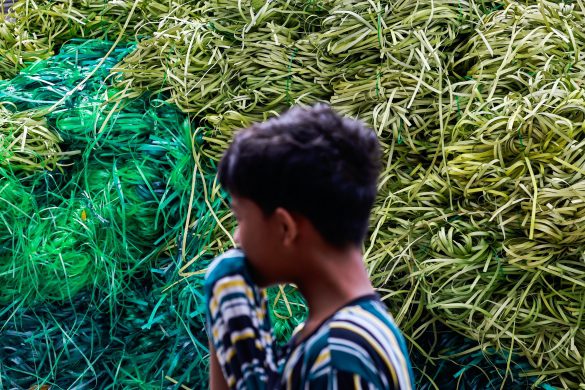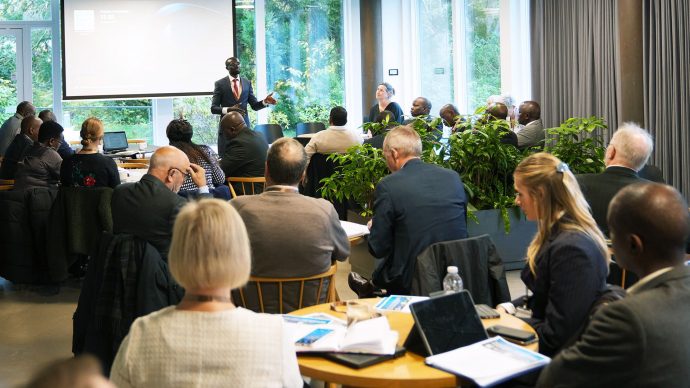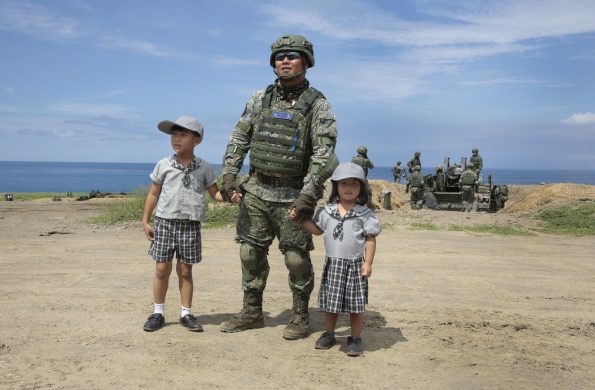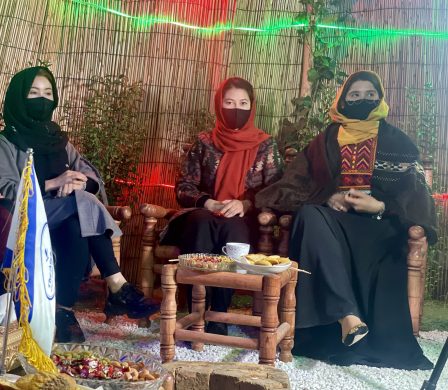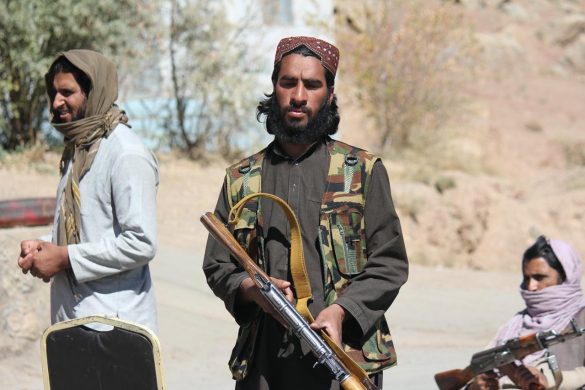Forfatterne mener, at koncentrationen af fattige kommer til at hænge stærkt sammen med de voldsomme udladninger fra fremtidens klima, som risikerer at drive millioner ind i dybere armod – og uret tikker, tendensen ligger kun et par årtier væk.
JOHANNESBURG, 17 October 2013 (IRIN): As climatic shocks worsen, disaster-affected populations will be driven deeper into poverty, worsening their vulnerability, in as soon as two decades – unless policymakers start to address the issue now, according to a new study from the Overseas Development Institute (ODI).
India did a “remarkable job” limiting the number of casualties from Cyclone Phailin, which slammed into the country’s eastern coast on 12 October, notes Tom Mitchell, who heads the climate change programme at ODI.
The death toll currently stands at 38, compared to the 10.000 killed when the last cyclone hit Odisha State in 1999.
BUT Cyclone Phailin still affected at least 12 million people in India’s poorest states – Odisha, Andhra Pradesh and Bihar – and it devastated livelihoods, leaving residents even more vulnerable to natural shocks and pushing them into deeper poverty, Mitchell said.
It is too early for official estimates, as some of the affected areas are still under water, but the government has acknowledged “extensive damage” to property, crops and livestock (husdyr).
Mitchell used the impact of Phailin to illustrate the findings of ODI’s new study, which examines the overlap between future concentrations of poverty and the areas likely to be most exposed to natural hazards (farer) like drought and flooding.
According to the study, which Mitchell co-authored, in another two decades, India will have the highest number of people in the world “who are still likely to be living in poverty in 2030 and some of the highest exposure to hazards”.
Sandeep Chachra, executive director of ActionAid India, notes that “the scale of destruction, combined with the growing frequency of such extreme weather incidents, does indeed set back the years of development work that the governments and civil society organizations engage in.”
For these reasons, climate change- and disaster-related interventions must be closely tied to poverty reduction efforts in the post-2015 development agenda, experts say.
Linking disasters to poverty
Læs videre på
http://www.irinnews.org/report/98954/climate-shocks-will-hurt-poverty-targets




